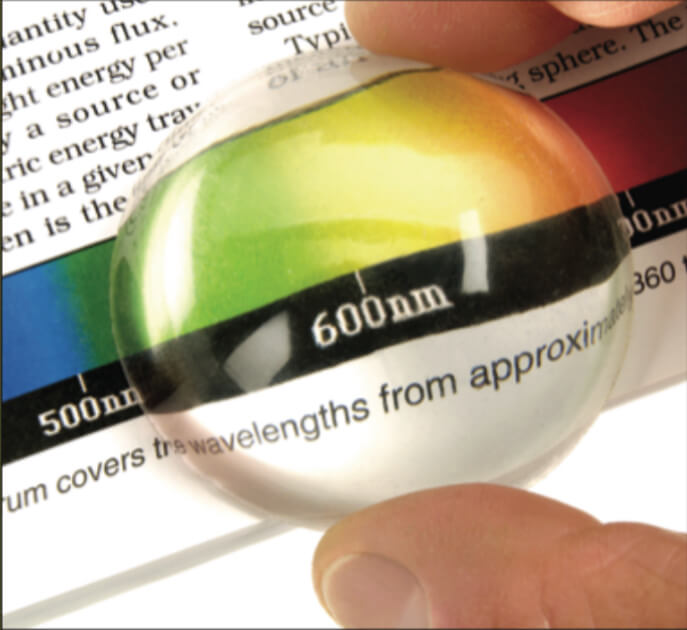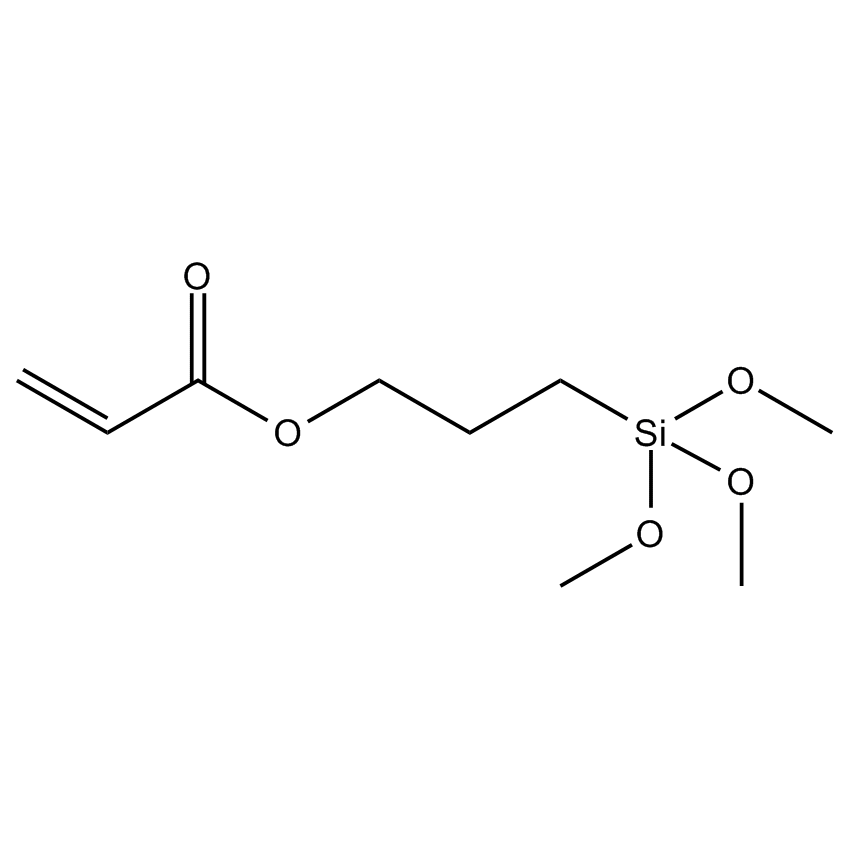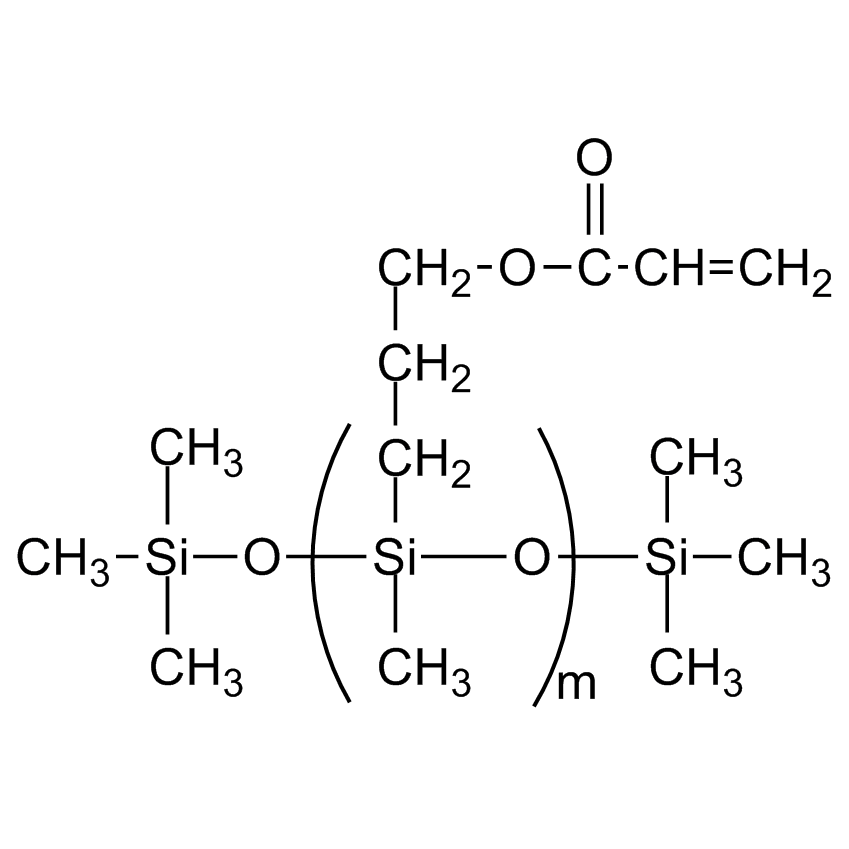Optical coatings affect an optical component’s ability to transmit and/or reflect light. A thin film optical coating deposition on an optic can impart different behaviors, such as antireflection for lenses and high reflection for mirrors. Optical coating materials containing silicon and other metal atoms can be used in a wide range of optical applications. The use of silicone gels and elastomers as cladding or sealing materials takes advantage of their high optical transmission. These materials can be modified to have refractive indices matching those of the substrate. For example, UV curable acrylate-modified silicones can provide index matching for polymethacrylates. Similarly, thermally curable silicone materials can be cured onto surfaces to provide benefits such as scratch resistance and weather resistance. Epoxy-modified silicone systems can be cured onto polycarbonates to impart scratch resistance.
In addition, metal organic compounds can be used in vapor deposition techniques to apply coatings on surfaces. Silicones and silanes can be applied to optical fibers to provide lubricity, protection from moisture and help to reduce breakage and surface fractions.
Gelest offers pre-formulated materials as well as the raw materials for these coatings.
Uses
Antireflection for lenses
High reflection for mirrors
Refractive index matching
Pre-formulated flexible materials, hard resin coatings, and acrylate-functional raw materials
Optical fibers
To provide lubricity, protection from moisture, and help to reduce breakage and surface fractions





